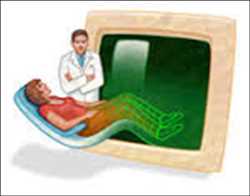Patients’ Own Blood Reuse During Heart Surgery Appears To Be Beneficial

On the basis of the scientific study presented at the annual Society of Thoracic Surgeons meeting, the recycling and re-use of blood by the patients at the time of heart surgery may go through comparatively fewer complications and shorter hospital stays as compared to patients who deliver donated blood.
The medical data of 689 patients who have gone through heart surgery was examined by Dr. Zimmermann and colleagues. The patients were evaluated who received surgery at NYPQ Hospital from the beginning of the year 2009 to the end of the year 2017. As the institution initiated intraoperative autologous donation (IAD) protocol in the year 2013, so they divided the patients’ data in a group of two. Group 1 comprised 268 patients who have undergone heart surgery before IAD initiation, and Group 2 comprised 420 patients, who received heart surgery after the initiation of IAD, which means that the group 2 patients retrieved their own recycled blood during their heart surgeries, excluding urgencies from the evaluation.
The analysis of the patients’ medical data revealed that the strictness of following IAD protocol led to the decrease in the need of blood transfusion from 70 percent to 40 percent, and the chest output was also squeezed from 1,295 ml to 1,207 ml. The reduction in the output is prominent, which indicates the quick healing and fast recovery of the patients. The average hospital stay for IAD treated patients was around 6.8 Days as compared to 7.8 Days stay experienced by group 1 patients.
The major benefit of blood recycling over utilizing donor’s blood involves the time and cost-effectiveness in examination and storage of the donor’s blood. However, few risks associated with the IAD protocol involve a reduction in the oxygen-carrying capacity of red blood corpuscles and higher chances of blood contamination at the time of blood storage before initiating the surgery.


